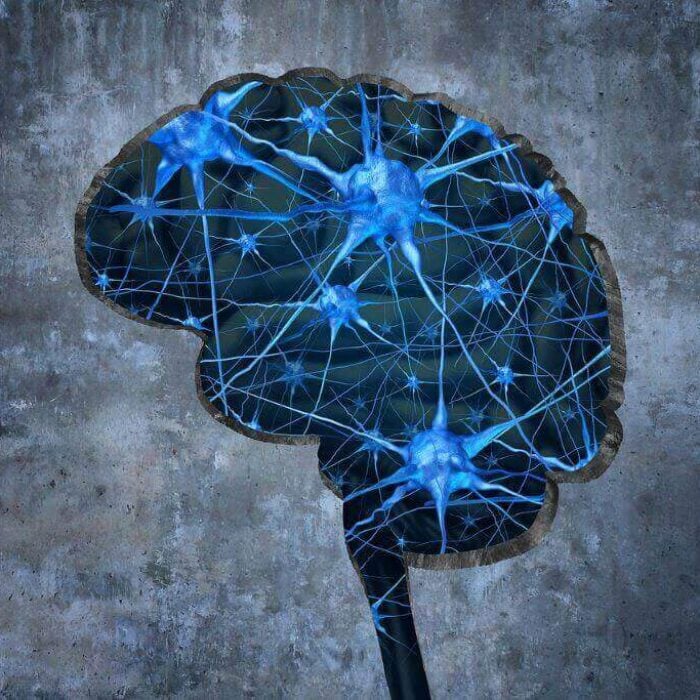The state of Montana is in step with national trends regarding the diversion, abuse and addiction associated with opiates. Montana is in the Pacific Northwest, close to the east coast and Canadian border. The federal Drug Enforcement Administration said in 2008 that OxyContin abuse in Montana was an increasing problem. This potent medication is an important component of pain relief for millions of Americans but can be highly addicting if misused. The drug is being illegally distributed throughout Montana through various methods of diversion. These include personal and pharmacy theft, doctor shopping, prescription fraud, illegal sale and trade by healthcare workers and the Internet. Other drugs that are often diverted and abused in Montana include Dilaudid and products containing hydrocodone, such as Vicodin.
The Montana Department of Justice calls prescription drug abuse a “silent epidemic” and a “significant public health problem” and public safety issue. This agency said Montana ranks third in the nation for teen misuse of prescription drugs, including opiates. One problem is that these medications, including Demerol, Percocet, Vicodin and morphine are widely available on the black market and in medicine cabinets in every neighborhood. The state’s Department of Justice said the drugs most commonly associated with drug-related deaths in Montana include hydrocodone, oxycodone, methadone and fentanyl. The state says one of the reasons there has been such an increase in prescription drug abuse is that people view them as safe because a doctor prescribes them. Many people may not even realize that sharing these medications can be illegal.
The Waismann Method
Misuse of opiates is at an all-time high but fortunately, there is help for residents of Montana. Waismann Method, located in southern California, has been in operation for more than a decade, serving patients from around the world with the utmost care and compassion. Our rapid opiate detoxification takes place in a hospital where our medical staff takes every precaution to ensure safety and security. We are known for our humane treatment of opiate detoxification, using a renowned approach to opiate addiction. Intravenous medicine is used to cleanse the drugs from patients’ opiate receptors. This physical detox takes less than two hours and patients awaken a short time later from deep sedation, free of opiate addiction. They don’t even realize upon awakening that they’ve already been through the brunt of withdrawal. Our procedure speeds up the onset of painful symptoms, which pass while they are sedated. Patients typically stay in the hospital from 3 to 6 days and can be discharged after a medical evaluation. From there, they can return home or transition in our Domus Retreat facility for continuing care.













